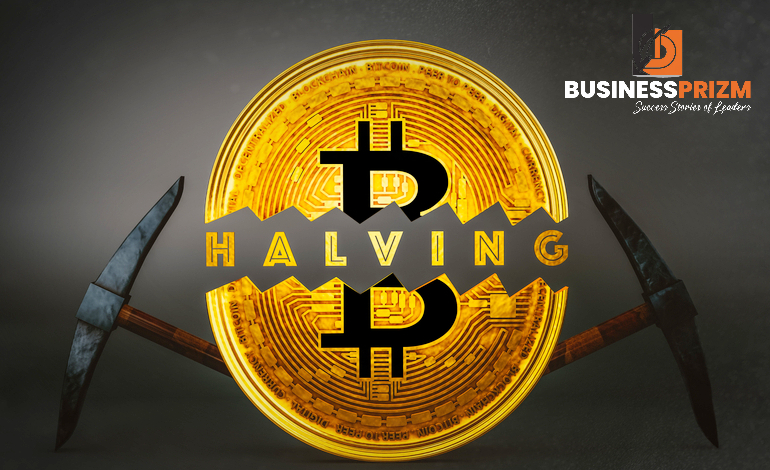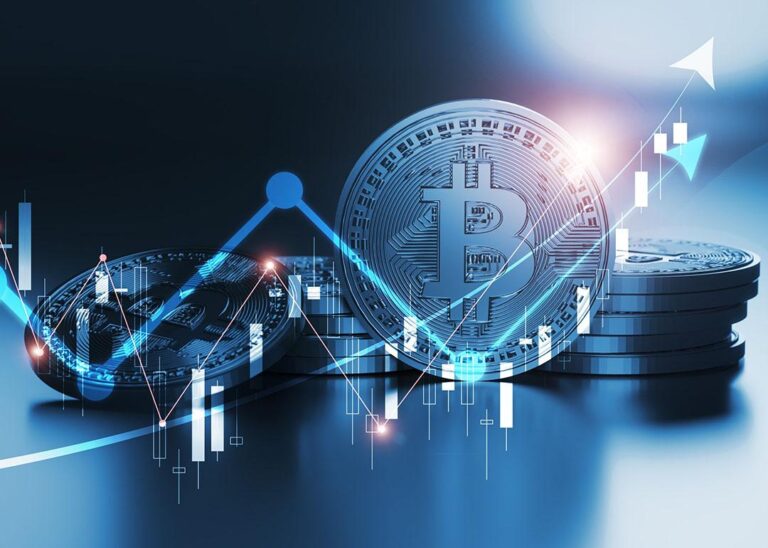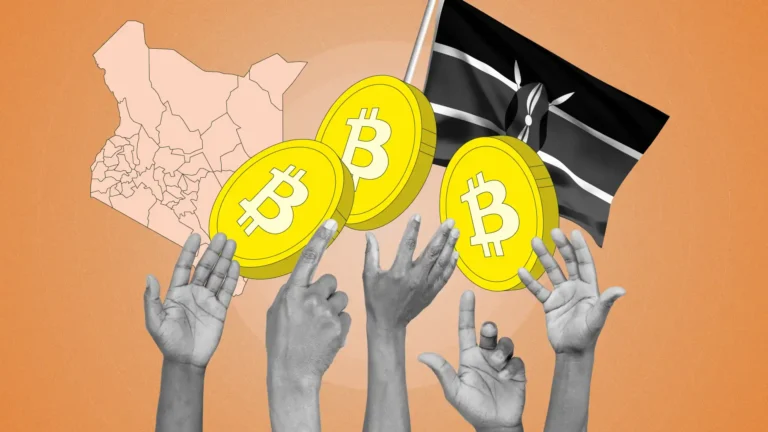Bitcoin’s halving events are among the most anticipated milestones in the crypto world — and for good reason. They mark a fundamental shift in Bitcoin’s economic model, influencing everything from miner profitability to market sentiment and long-term price trends. With the next halving just around the corner, investors and miners alike are gearing up for …
Bitcoin’s Next Halving: What It Means for Miners and Investors

Bitcoin’s halving events are among the most anticipated milestones in the crypto world — and for good reason. They mark a fundamental shift in Bitcoin’s economic model, influencing everything from miner profitability to market sentiment and long-term price trends. With the next halving just around the corner, investors and miners alike are gearing up for what could be another defining moment in Bitcoin’s journey toward digital scarcity.
What Exactly Is a Bitcoin Halving?
At its core, a Bitcoin halving is a pre-programmed event that reduces the block reward given to miners by 50%. This happens roughly every four years, or after every 210,000 blocks are mined.
When Bitcoin launched in 2009, miners earned 50 BTC per block. After successive halvings, that reward has dropped — to 25, 12.5, and then 6.25 BTC as of 2020. Following the next halving, expected in April 2024, miners will earn just 3.125 BTC per block.
This built-in deflationary mechanism ensures that Bitcoin’s total supply will never exceed 21 million coins, creating digital scarcity similar to gold — but arguably more predictable and transparent.
Why Does the Halving Matter So Much?
The halving isn’t just a technical adjustment; it’s a profound economic event that impacts both the supply side and the psychology of the market.
- Reduced Supply Pressure: After each halving, the number of new Bitcoins entering circulation decreases dramatically. Basic economics tells us that if demand stays the same (or increases) while supply drops, prices tend to rise.
- Miner Economics: For miners, halving events force a recalibration. Their revenue per block is slashed in half overnight, meaning only the most efficient operations survive.
- Market Sentiment: Historically, halvings have been followed by significant bull runs. Many investors view the event as a catalyst for renewed optimism and accumulation.
In short — halvings reduce inflation, tighten supply, and historically have set the stage for explosive market movements.
Looking Back: The Halving Effect Through History
Bitcoin’s past halvings provide a glimpse into what could happen next.
- 2012 Halving: Occurred when Bitcoin’s block reward dropped from 50 to 25 BTC. Price at the time? Around $12. Within a year, it skyrocketed to over $1,000.
- 2016 Halving: Reduced the reward to 12.5 BTC. Bitcoin traded near $650 at the time and reached nearly $20,000 in late 2017.
- 2020 Halving: Brought rewards down to 6.25 BTC. The price was around $8,500, and by late 2021, Bitcoin hit its all-time high of $69,000.
While past performance doesn’t guarantee future results, it’s hard to ignore the historical pattern: halvings tend to precede significant bull markets.
What It Means for Miners
For miners, the halving is both a challenge and an opportunity.
On the one hand, it cuts revenue in half, making it harder for smaller or inefficient operations to stay profitable. Energy costs, hardware efficiency, and electricity prices all become critical factors.
On the other hand, halvings often lead to higher Bitcoin prices over time, which can offset lower rewards. Large-scale miners with access to cheap renewable energy and modern ASIC hardware are best positioned to thrive in the post-halving environment.
There’s also a growing focus on sustainable mining, with many companies shifting toward green energy sources to reduce operational costs and improve public perception — a factor that could become even more important as the network evolves.
What It Means for Investors
For investors, the halving is a signal — a reminder of Bitcoin’s scarcity and long-term value proposition.
Here’s what to consider:
- Supply Shock Potential: With new Bitcoin issuance cut in half, the selling pressure from miners (who typically sell to cover costs) may decrease significantly.
- Historical Price Patterns: Each halving cycle has produced a strong upward trend roughly 12–18 months after the event. Many see this as a time to accumulate, not panic.
- Market Psychology: Halving events often reignite public interest and media coverage, drawing in new investors and amplifying demand.
However, short-term volatility is common. The market often “prices in” halvings in advance, meaning there can be sharp corrections before the long-term effects play out. Strategic investors tend to focus on accumulation and patience rather than trying to time short-term moves.
The Broader Impact: Beyond Price
While most attention focuses on Bitcoin’s price, halvings have deeper implications for the ecosystem:
- Network Security: As rewards decline, transaction fees may play a more prominent role in incentivizing miners, strengthening Bitcoin’s fee-based economy.
- Technological Efficiency: Mining operations will continue to innovate for efficiency, pushing the industry toward renewable energy and more sustainable practices.
- Market Maturity: Each halving marks another phase in Bitcoin’s evolution — from a speculative asset to a mature, globally recognized store of value.
In a sense, halvings reinforce Bitcoin’s monetary discipline — no bailouts, no central control, just math and code ensuring predictable scarcity.
Preparing for the Next Cycle
As we approach the next halving, both miners and investors should prepare strategically:
- Miners should assess operational costs, explore energy-efficient infrastructure, and possibly diversify income through transaction fees or auxiliary blockchain services.
- Investors might focus on long-term positions, dollar-cost averaging, and understanding Bitcoin’s role in a diversified portfolio.
The key is perspective — halvings are not short-term trading signals, but long-term structural shifts that shape Bitcoin’s trajectory for years to come.
Conclusion: A New Chapter in Digital Scarcity
The upcoming Bitcoin halving isn’t just another countdown event — it’s a reaffirmation of what makes Bitcoin revolutionary. Every four years, it reminds the world that this is an asset with predictable scarcity, immune to inflationary manipulation and governed purely by code.
For miners, it’s a test of efficiency and adaptability. For investors, it’s a potential opportunity to capitalize on the next wave of growth.
Whether you see Bitcoin as digital gold, a hedge against inflation, or a technological breakthrough, one truth remains: halvings have been — and will likely continue to be — pivotal turning points in Bitcoin’s evolution.
The question isn’t whether the next halving will matter — it’s how profoundly it will reshape the future of digital finance.







